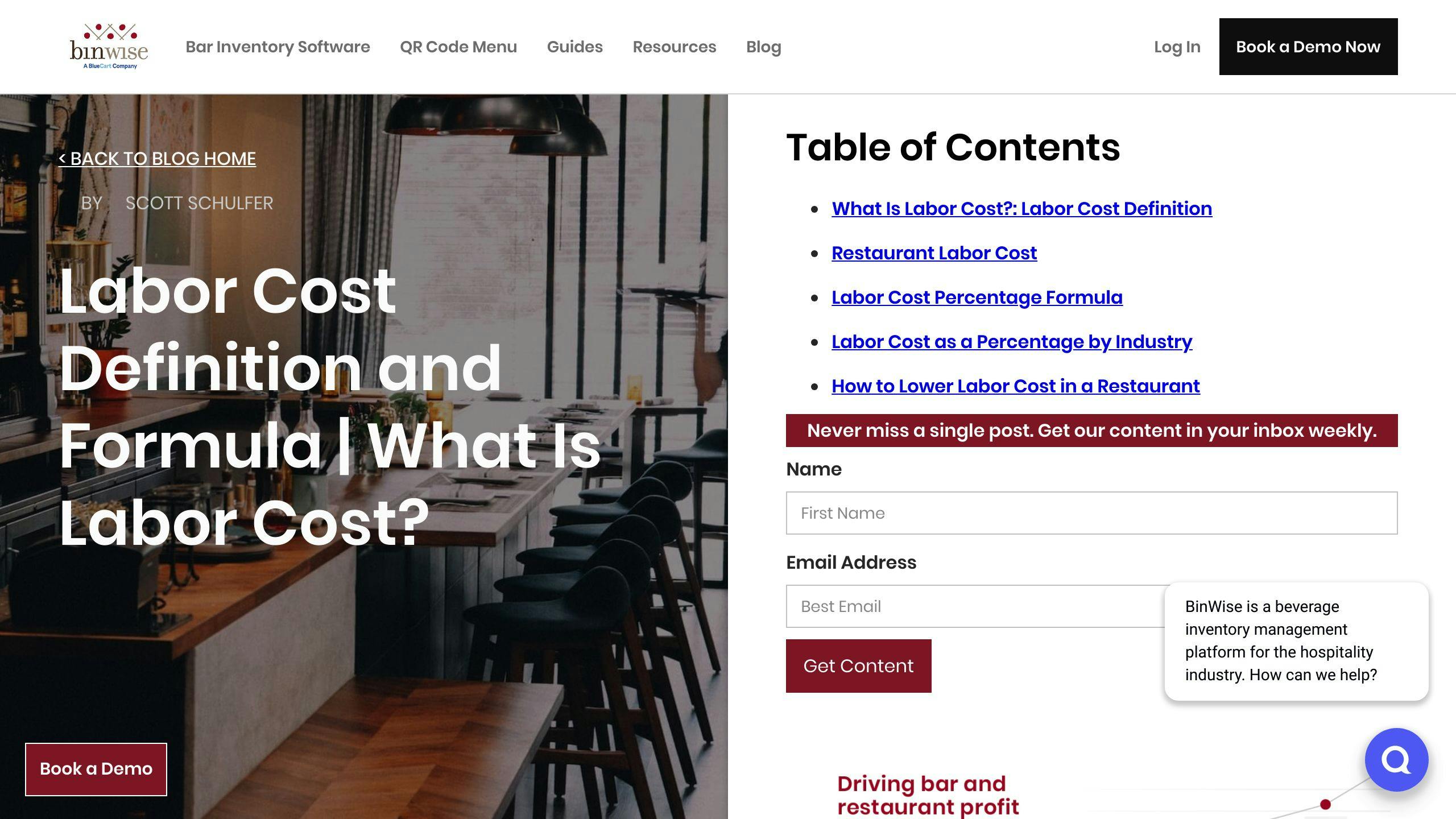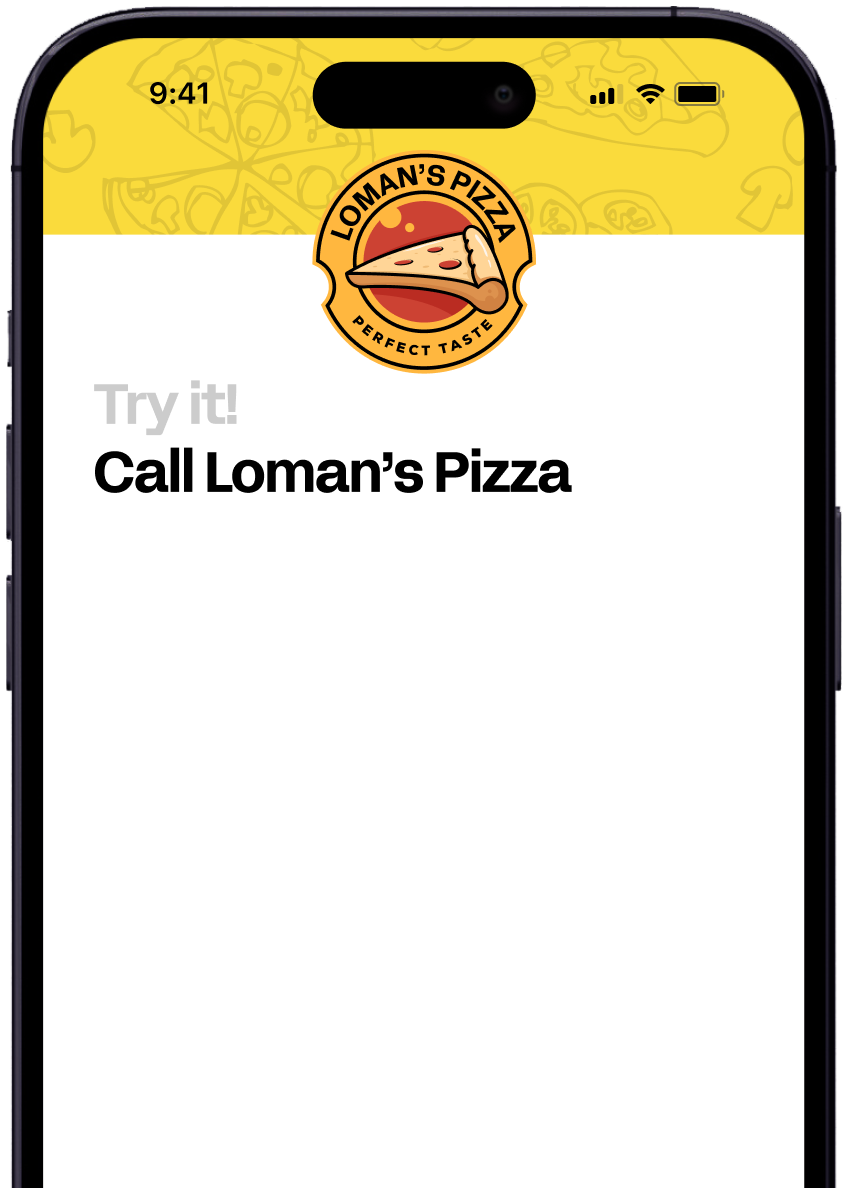April 19, 2024

Deciding between automating your restaurant or relying on human labor involves weighing costs, efficiency, and customer experience. Here's a quick breakdown:
FactorAutomationHuman LaborUpfront CostsHighLowOngoing CostsLow, fixedRising, variableOrder Volume CapacityHighLow-ModerateOrder AccuracyExcellentModerateCustom Order FlexibilityHighModerateCustomer RelationshipsLowHighInnovative OutputLowHighPerformance ConsistencyExcellentVariable
This introduction aims to provide you with a clear understanding of the key points, helping you make an informed decision about the best approach for your restaurant.
Human staff are still very important in restaurants. They do things that machines just can't do. Here's a look at what people are best at:
Even with all the tech we have, nothing beats a friendly chat with someone who works at the restaurant. Staff like waiters and managers can really make a visit special by just being nice and paying attention to what customers want. This makes people want to come back again.
People are great at checking if food looks and tastes good. They can quickly spot if something's wrong with an order or if a dish doesn't look right, and fix it before it reaches the table. Machines can't really do this kind of quality check.
Restaurants can be unpredictable places. Humans are good at dealing with surprises like special requests, big groups, or when something in the kitchen stops working. They can think on their feet and keep things running smoothly, no matter what happens.
People who work in restaurants often come up with new ideas that can make the place better, like new dishes, different ways to set up the dining area, or fun events. This creativity and ability to think about what customers might like is something machines can't match.
In short, while machines are good for doing the same task over and over, people add something special. They create a friendly atmosphere, make sure the food is just right, handle any surprise, and think of new ways to make the restaurant better. The best setup is when both people and technology work together, making everything run better behind the scenes.
When you first bring in automation to a restaurant, it costs a lot. You need to buy and set up things like order kiosks, chat systems, and smart stock monitors. This includes:
On the other hand, if you stick with hiring people, you have to spend money on finding, hiring, and training them. This means:
Automation gear can be pricey, from a few thousand dollars for a kiosk to over $200,000 for robot chefs. But, there are ways to make it cheaper, like tax breaks or payment plans.
Hiring people might seem cheaper at first since you only pay per person, but as you hire more, it adds up. You need to think about how much you can spend on both tech and people.
After everything’s set up, you still have to keep paying to use it. For automation, this means:
For staff, the ongoing costs include:
Automation costs stay pretty much the same over time, but what you spend on staff can go up a lot as you hire more people or if they work more hours. However, if your restaurant does well and brings in more money, this can help cover the higher cost of staff.
Choosing between spending on tech or people is a big decision. You have to think about what each option costs now and in the future, and what works best for your restaurant.
MetricBaseline (Human Staff)Post-AutomationAverage Order Processing Time2-3 minutesUnder 1 minuteOrders Processed per Hour15-20Up to 100+Order Accuracy Rate90-95%Over 99%Customizations per Order2-310+Sales per Labor Hour$20-$30$60+
Using machines instead of just people can really speed things up and make things run smoother in restaurants. For example, machines like order kiosks and computer programs that take orders can do things faster and make fewer mistakes than people. This means they can handle more orders every hour and almost always get them right. They can also deal with lots of special requests without getting confused.
Even though machines are great at doing the same thing over and over without getting tired, they're not so good at checking if a meal looks good to eat or making changes on the fly like humans can. When we rely only on machines, we might end up with more wrong orders or a less interesting menu because machines can't think outside the box.
The best way is to use both machines and people. Let the machines do the repetitive work, like taking orders and cooking basic stuff. This lets the people focus on making sure the food looks and tastes great, and giving customers a warm welcome. This mix helps restaurants serve more people faster without messing up the quality or making the place feel too robotic.
When we use machines and technology in restaurants, like order kiosks and chatbots, a lot of good things can happen. Here are some benefits:
But, there are some downsides too:
People bring things to the table that machines just can't:
But, relying only on people has its problems:
FactorAutomationHuman LaborUpfront CostsHighLowOngoing CostsLow, fixedRising, variableOrder Volume CapacityHighLow-ModerateOrder AccuracyExcellentModerateCustom Order FlexibilityHighModerateCustomer RelationshipsLowHighInnovative OutputLowHighPerformance ConsistencyExcellentVariable
As shown, both ways have their good and bad points. The best plan mixes machines for the heavy lifting and people for their unique skills. This way, restaurants can work efficiently and keep customers happy at the same time.
Using both tech and people in restaurants helps get the best of both worlds. Tech can do the repeat jobs fast, like taking orders, so people have more time to make sure the food is good, talk to customers, and come up with new dishes. This way, tech takes care of the boring stuff, and people handle the things that need a human touch, like making sure customers feel welcome and dealing with any surprises.
Freshii has machines where customers can order by themselves, but there are still people around to check the orders are right and help with any special requests. This mix has helped them sell 10-15% more without having to hire more people. Because the machines do the routine jobs, the staff can spend more time with customers and making sure everything's perfect.
McDonald's uses machines to pour drinks and timers to help cook fries just right, so the crew can spend more time talking to customers. They also have a service where they bring your food to your table, making things feel more welcoming, even though they also use machines to take orders faster. McDonald's found that this mix keeps the place friendly while helping them serve more people.
Sweetgreen lets people order online or through an app, which means the staff can focus on making custom salads and being friendly. By letting tech handle the simple orders, they can take care of more customers, especially when it's busy. But they make sure that quality and being friendly are still the most important things, with staff helping customers pick what they want and making them feel at home.
These stories show that even though it costs money to start using tech, in the long run, it can really pay off when you mix it with having people around. The trick is to figure out what jobs tech can do best and what jobs need a human touch in your restaurant. With some planning, using both tech and people can make things run smoother and keep customers happy.
The future of eating out is heading towards a mix of tech and people working together. Here's what we might see:
In short, using more tech but keeping the human touch is the way forward. Restaurants that find the right balance between the two will be the ones that do well.
When we look at using machines versus hiring people in restaurants, we see that both have their good and bad points. If we only use machines or only hire people, we might run into some problems that could make the restaurant not work as well, cost too much, stop new ideas, or make eating there not as nice. But, if we mix machines for the repeat jobs and keep people for checking the food, talking to customers, and coming up with new stuff, restaurants can do really well in all the important areas.
Using the right machines while keeping the important people jobs allows restaurants to handle more orders and make fewer mistakes, all while making sure the food is good, the service is friendly, and the place feels welcoming. Looking ahead, finding the perfect balance between technology and people is key. Restaurants that get this balance right will do better in the long run, with happier customers and smoother operations.## Related Questions
When you automate your restaurant, the start-up cost is pretty high because of all the tech you need. But, if you look at the costs over 2 years, automation ends up being cheaper than paying staff. For instance, using machines instead of people can save you around $360,000 over two years because you're not paying for staff hours. That's like getting 90% of what you spent on automation back.
Automation saves money on staff in a few ways:
Basically, by doing the routine tasks faster and without mistakes, you don't need as many people, which means you spend less on wages.
The cost to add tech to your restaurant depends on what you pick. Some examples include:
Even though this sounds expensive, this tech can help you serve more customers faster, which means you'll start making your money back pretty quickly.

How much you spend on staff should be a certain part of your total sales, kind of like a rule of thumb:
Using tech like kiosks can help fast food restaurants especially keep their staff costs in check while still selling more.

Enter your information in the form to receive a call from Loman and place an order like a customer would!